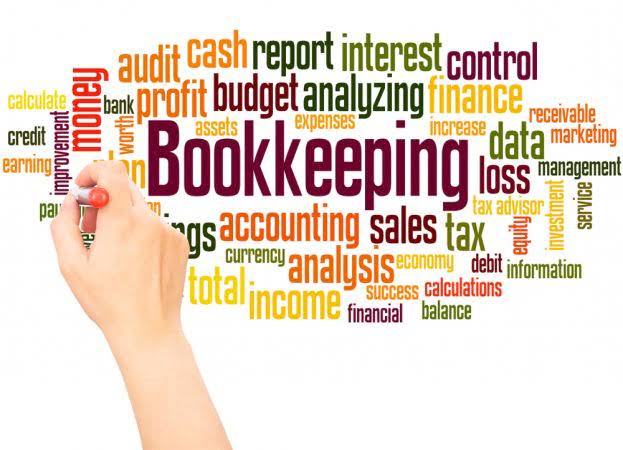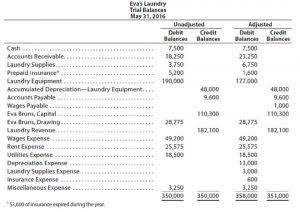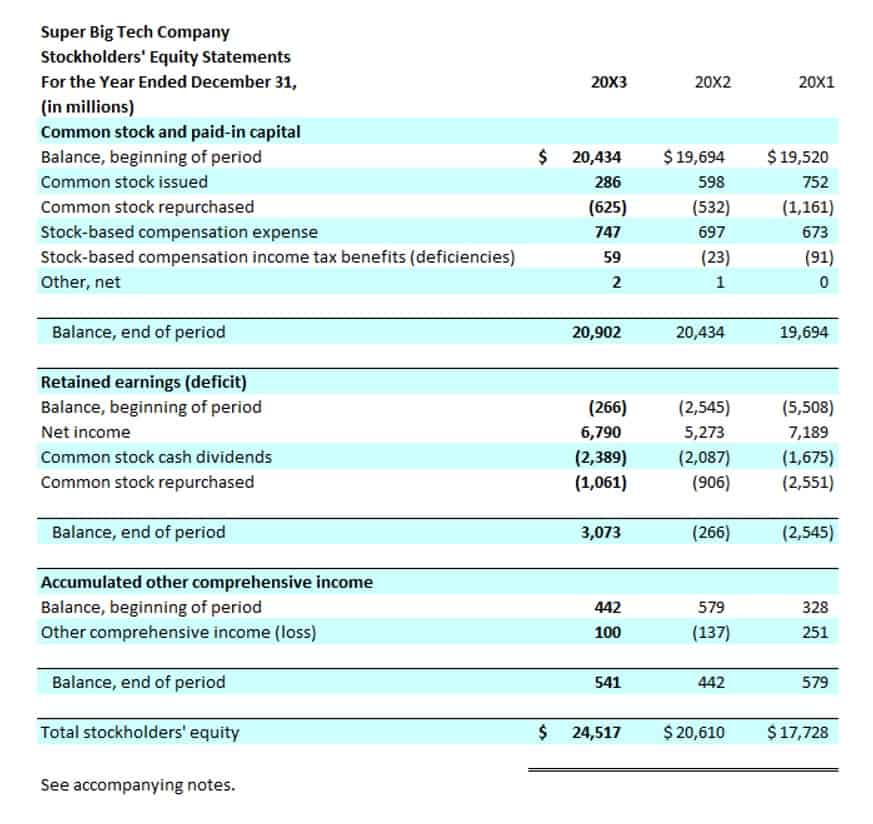Total Cost: Formula, Definition & Examples

Calculate the inventoriable cost and value of the closing stock from the above data. Optimising the layout of the production facility can streamline workflows, minimise material handling, and reduce production cycle times. Overhead total manufacturing cost formula expenses related to the general management and administration of the business. Learn how payroll cash flow forecasting helps SMEs manage rising costs, prevent cash shortfalls, and ensure timely staff payments with smart planning.
What is the total cost?
What a good total cost depends on the price point of your product – the balance of cost and revenue ultimately defines the profitability of your business operations. For instance, in manufacturing, the cost of raw materials, labor, and energy consumption often constitutes variable costs. As production increases, more raw materials are required, more labor hours are worked, and more energy is consumed, leading to a proportional increase in variable costs. Grasping the difference between product and period costs serves as a financial compass for businesses. It’s like having a roadmap that guides accurate financial reporting, ensuring that the numbers on the balance sheet and income statement tell a clear and truthful story about the business’s health.
Calculation Formula
It is the contrary scenario from fixed costs where, those costs would be incurred irrespective of the output of the organization. Organizations use variable costing calculator to determine profitability of the product. This means that these costs directly impact the income statement for the specific time frame. The budget includes every cost related to the production process other than costs related to direct material and direct labor. The final costs determined as per the overhead budget are not capitalized under the balance sheet but expensed in the income statement as cost of goods sold. The indirect expense related to manufacturing a finished product that cannot be directly traced is the factory or manufacturing overheads.
Product costs contribute to the valuation of Ending inventory on the balance sheet
- Variable costing is a cost accounting method for calculating production expenses where only variable costs are included in the product cost.
- Integrate financial data from all your sales channels in your accounting to have always accurate records ready for reporting, analysis, and taxation.
- Historical expenses are unrelated to current decision-making, while pre-determined expenses involve estimates for future periods, impacting budget preparation and decision-making.
- Hence, the TMC incurred by the company in a quarter is $ 30,650, while the TMC per unit is $6.13.
- Tracking period costs will also help a business balance its budget and gain savings.
- The following table gives a detailed calculation of the case discussed in example 2 and shows how the average total cost varies with the change in quantity produced.
- As shown in the income statement above, salaries and benefits, rent and overhead, depreciation and amortization, and interest are all period costs that are expensed in the period incurred.
They rent a factory for GPB 150,000 per month and pay a total of GPB 350,000 in staff salaries per month. The cost of manufacturing depends on e.g., the number of laptops repaired and the cost of supplied products. What is more, making pricing strategies dependent on the total cost of production can be a risk as prices e.g., raw materials can change in unpredictable ways. Period costs reduced net income when they are expensed on the income statement. Period costs take from the revenue of a company during that accounting period and thus will have an impact on the net income for that period.

The management of Raymond’s has estimated its costs to direct material, direct labor, and factory overhead costs. This purchases budget is required to calculate the amount of raw material that needs to be purchased for the production process and estimate the related costs. However, it is always better to calculate this cost per unit as it can help decide the appropriate sales price of the finished product. To determine this cost on a per-unit basis, divide this cost as calculated above by the number of units produced. When considering the total manufacturing cost, it’s important to factor in how machinery shipping services impact overall expenses.
Mr. X bookkeeping for cleaning business now wants to know the variable cost per unit for September 2019. Variable cost or unit-level cost is a method of cost accounting which accounts the costs of production directly vary with the output. Fixed manufacturing costs are not considered for variable costing accounting. Balancing product and period costs is important for your business performance efficiency. Product costs help you fine-tune the price of each item you sell, ensuring profitability.

Identifying and categorizing these costs is important as different purposes require different cost constructs. Take your learning and productivity to the next level with our Premium Templates. CFI is the global institution behind the financial modeling and valuation analyst FMVA® Designation. CFI is on a mission to enable anyone to be a great financial analyst and have a great career path. In order to help you advance your career, CFI has compiled many resources to assist you along the path. In the below template, we have done the calculation of the Total Cost of Production using the given data.
Absorption Costing

Period costs are also listed as an expense in the online bookkeeping accounting period in which they occur. Unlike period costs, product costs are tied to the production of a product. Some examples of what a product costs include, direct labor, raw materials, manufacturing supplies, and overhead that is directly tied to the production facility, such as electricity. The product costs are sometime named as inventoriable costs because they are initially assigned to inventory and expensed only when the inventory is sold and revenue flows into the business. Total manufacturing cost includes three key components – direct materials, direct labor, and manufacturing overhead.

This is why we’ve compiled this short guide to what the total cost formula is, the total variable cost vs total fixed cost, examples, and considerations. Period costs are also known as period expenses, time costs, capacity costs, and operating expenses. In order to keep your budget efficient, it is important to know how to report period costs, but unfortunately, there is no standard formula for calculating period costs. The standard costs that a business incurs that are not directly related to production operations or inventory costs but still must be added to their income statement are known as period costs. For example, recall in the example above that the company incurred fixed manufacturing overhead costs of $300,000.
